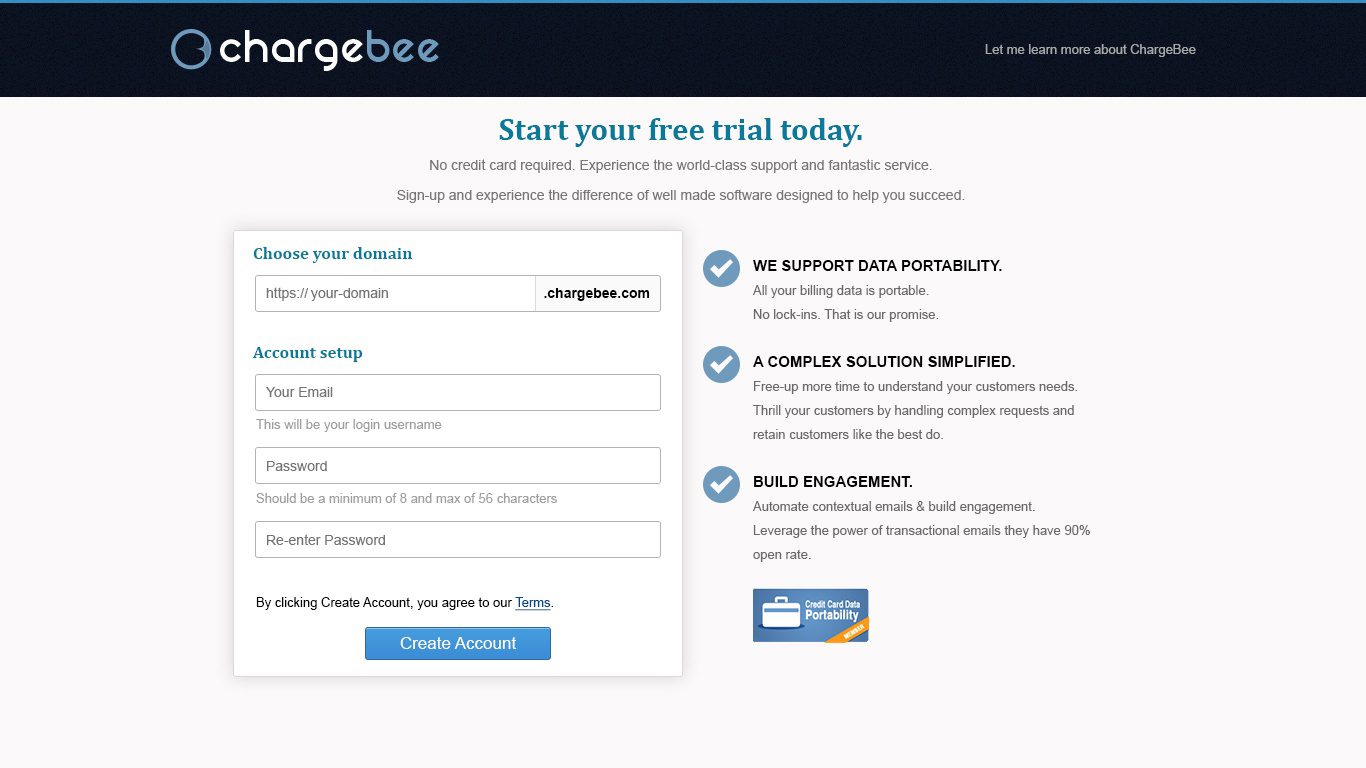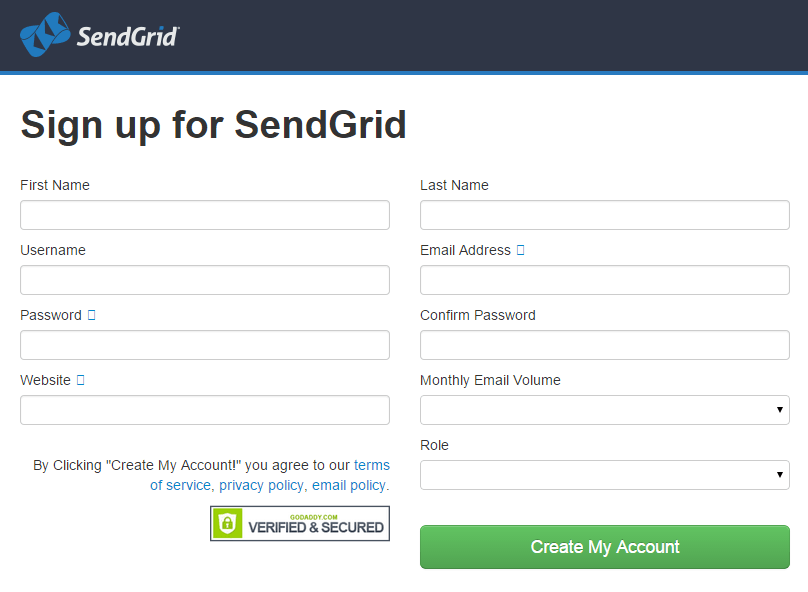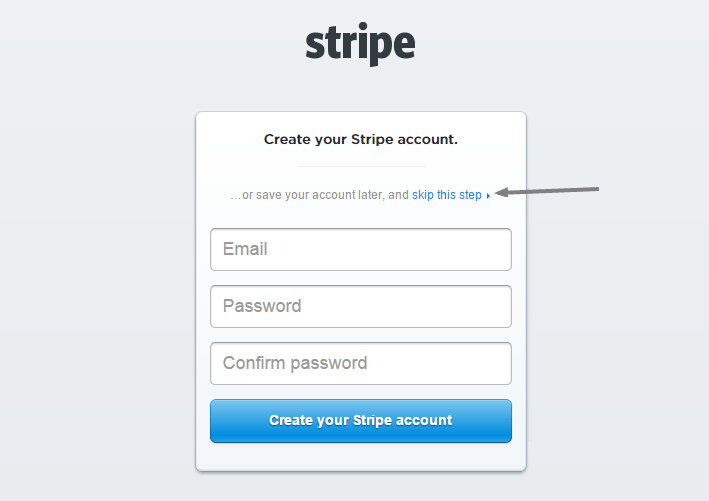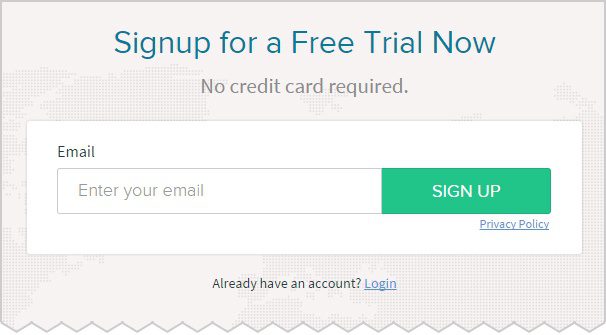We were stuck.
After the first few conversion experiments that we ran, we didn’t score any major improvement in the signup conversion rate.
But that’s how A/B testing is meant to be, isn’t it? It takes time.
Though, it can get frustrating. As until something ticks, battling low conversions can be as daunting as a never ending bout with Jigoro Kano, the legendary founder of judo, fighting him, as the saying goes, was like fighting an empty jacket.
This is a quick post that describes a test that led us to a 100% increase in sign up conversions
Here’s how the old the sign up flow worked –

- Homepage with a “Sign Up Now” button as the only call to action.
- Which directed visitors to the following Sign Up form.

- Upon completing this form, they were given access to a test account.
- A delayed email verification process was followed.
Two questions that we constantly ask ourselves –
- How simple can our signup process be?
- How soon can visitors access our product?
In our next experiment, we decided to tackle both these questions, head on.
Which meant making the sign up form simpler, which by all means was quite simple already.
It just had 4 fields with a UI that was designed keeping the Fitts’s Law in mind, which basically stipulates that the time required to rapidly move and interact with a target area is a function of distance and size of the target. The closer and larger the target, the faster the action.
As a next objective, we wanted users to access the application immediately after they’d signed up without having to go through an email verification process.
There’s always an air of uncertainty that accompanies such tests. As you’re not sure if they’ll help improve things or make them worse. But, what if something worked for others? Something that’s proven. We think of it all the time.
But, let’s be honest, it’s difficult to assign any amount of social validation to anything that we are about to change. Some changes might work wonders for others and fall flat terribly when replicated.
Sendgrid’s trial sign up form has 9 fields and on the other extreme, Stripe doesn’t even require an email address to grant access to their product. It works for them.


We tried to make our sign up experience as simple as we could, with just one field required to sign up.
Here’s how the new sign up flow works –

- Homepage has two call to actions above the fold. Primary one at the center, requesting their email address and a secondary one at the top.
- The secondary call to action directs them to a dedicated sign up page. That again, has just one form field.

- As soon as visitors enter an email address and sign up, they get access to a test account.
- A delayed email verification process is followed.
- Once they’ve reviewed all important features, they can claim their account within the app
Results make sense if they’re seen through the lens of Sean Ellis’s interesting framework –

So, a simpler form might lead to low friction and an instant access to the product, allows users to review all aspects of the product and see how they could draw value out of it, thus making it more desirable for them to take action.
Again, this is just one way of looking at the problem, that worked well for us.
Then, there are companies that require credit card information for trial sign ups. That’s another approach altogether.
Does it drastically affect signups? To what extent do the trial to paid conversions shoot up? Is it worth pursuing? Here’s our take on it.




